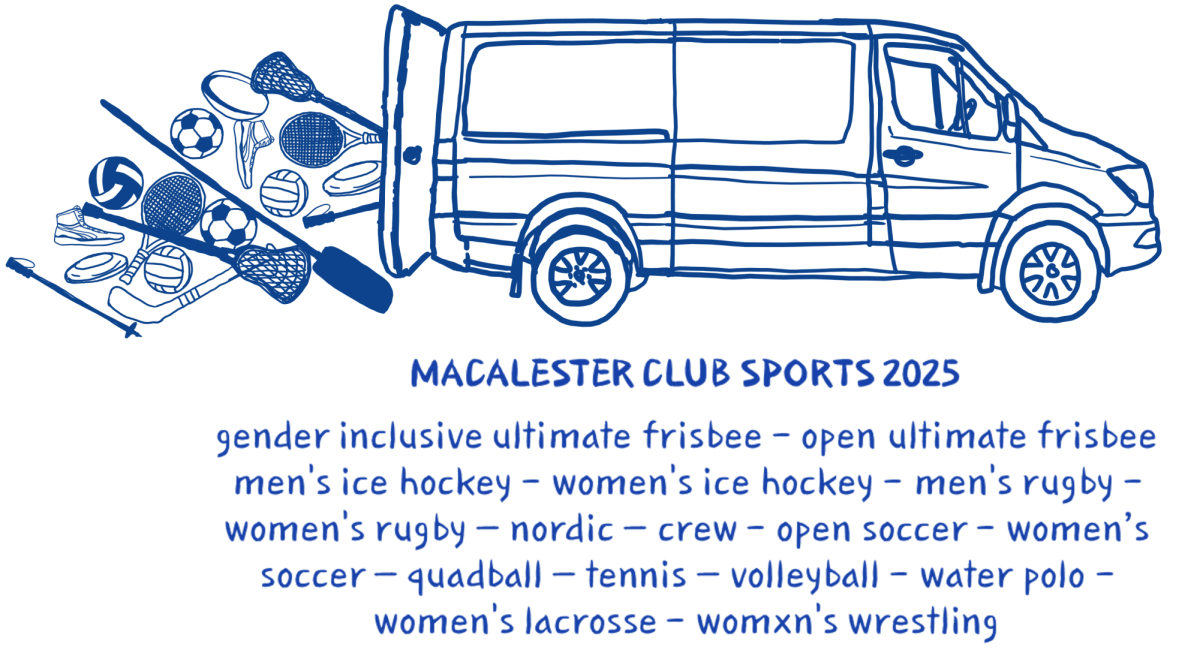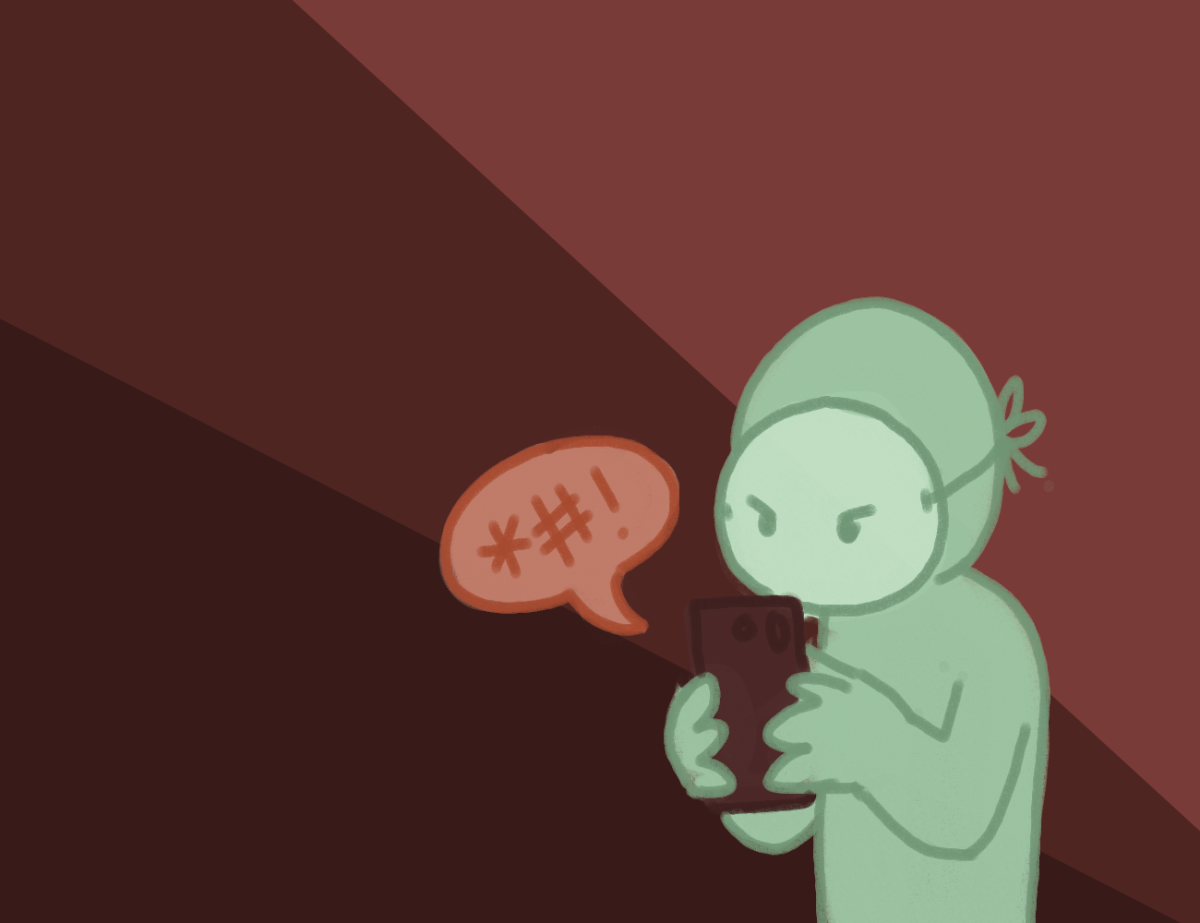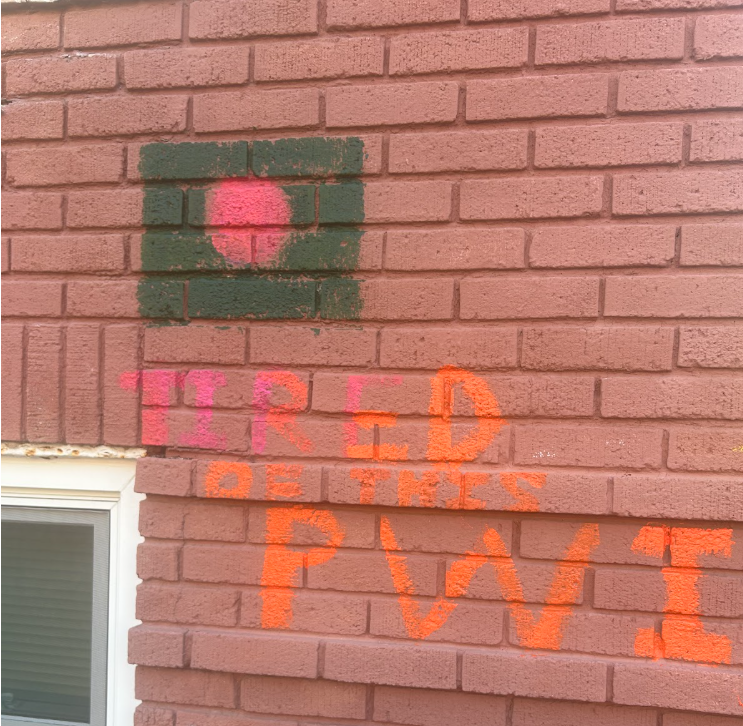What is a sport? What constitutes this label that we generally assign to certain physical activities? Modern culture puts a large emphasis on competitive sports, with international events like the Olympics bringing people together in the name of global competition. How does society collectively decide what to consider a sport and what to leave out of this category?
My own definition of ‘sport’ was always very different from many of the people around me. In the town where I grew up, most kids played soccer, hockey or baseball in their free time. However, I was never good at any sport that involved contact, running or a flying ball. My activity of choice frequently became a topic of debate with the kids at school. From a young age I was told, by both my peers and some adults, that I could not call myself an athlete. But I did, because dance is a sport.
I started dance classes when I was three years old, and I spent a long time learning ballet, hip-hop, jazz and a little bit of tap dance. Dance takes just as much physical strength and athleticism as activities like football or basketball, yet it does not receive even close to the amount of respect. Dancers train for years to gain the skill and flexibility necessary to perform well. There are many expectations put onto dancers: a level of flexibility, pain tolerance for pointe shoes and hours of time dedicated each day. It takes lower body strength to launch into the air . It takes balance to stand on one foot, or on one’s toes, without wobbling. It takes control to execute even the most basic of dance moves. All of this while making it look effortless and pretty. The same goes for many activities that are graceful or performative by nature. So why do so many people not consider these activities to be sports?
This question has a blatantly obvious answer: misogyny. Most performance-based activities are considered predominantly feminine, and thus considered lesser activities that are denied the label of “sport.” The women and men who work hard to master their craft are talked down to, because their sport is considered “too girly” to be legitimate. There are many dancers, gymnasts and figure skaters who deserve much more respect than they receive. Their sport is just as important as the male-dominated activities that society prioritizes.
The misogyny in sports is constantly present, not only in the context of dance. Men’s hockey is just ‘hockey,’ while the female team is referred to as women’s hockey. The professional basketball league for men is the National Basketball Association (NBA), while the league for women is the Women’s National Basketball Association (WNBA). Women’s sports are just considered a subsidiary of the male equivalent instead of their own, equally important, events. Not only do the men’s teams have far more fans, funding and advertising there is a drastic difference in pay that the athletes receive. Female athletes are always fighting for more equal pay, because they are valued far less than the men. Dance, which has no male-dominated equivalent, further emphasizes the impact of these misogynistic mindsets. As sad as it is, women’s sports are typically given the title of “real sport” by proxy, because that is what the male version of the activity is called.
Dance is not considered to be a “masculine” activity because it is often pretty, graceful and creative. There are, of course, male dancers, but they are not the majority, and any activity that is dominated by women will be looked down upon by modern society. The general population does not care about dance or any other female-dominated sport. There are many other types of activities which many people don’t even know have competitions, such as cheerleading, figure skating and color guard. There are many physically demanding, competitive sports that take extensive time and effort from the athlete, and all of these activities should carry the same title. It does not matter what gender the participants are — a sport is a sport. It doesn’t matter how big or small the activity’s fanbase is — all athletes deserve the same respect and acknowledgement as the men who play football or baseball. Dancers, wrestlers, gymnasts, martial artists, figure skaters, baseball players, runners, swimmers and anyone else involved in sport. They are all athletes.









Silas Benevento Zahner • Oct 13, 2023 at 12:49 pm
I believe that the framework of trying to acquire the status of “sport” in our culture is based in patriarchy. Sport to me is just a glorified version of a child’s game, whereas Dance is an art form, and expression of humanity, and in a way a sport if you want to make it competitive. That being said I don’t think that dance is at its best in competitive form, it is more meaningful and important as a form of human expression, connection, and love. To define it within the small confines of “sport” reduces how beautiful it is, and in what ways dance connects us together as humans.
I completely respect your ability to value and define sports however you like but I disagree that the goal of equality is to label “feminine” activities within the framework of values patriarchy has taught us to hold. Lastly, imo dance is not a “feminine” activity, there is no “male equivalent” because it doesn’t need one: it isn’t a gendered activity. To say that it is gendered, is exclusionary, confining, and prescriptive to other peoples experiences and expressions of gender if they partake in dance. Furthermore, there are loads and loads of “masculine” dance forms from many cultures around the world and confining your argument to just western dance is invalidating to the breadth of what is dance.